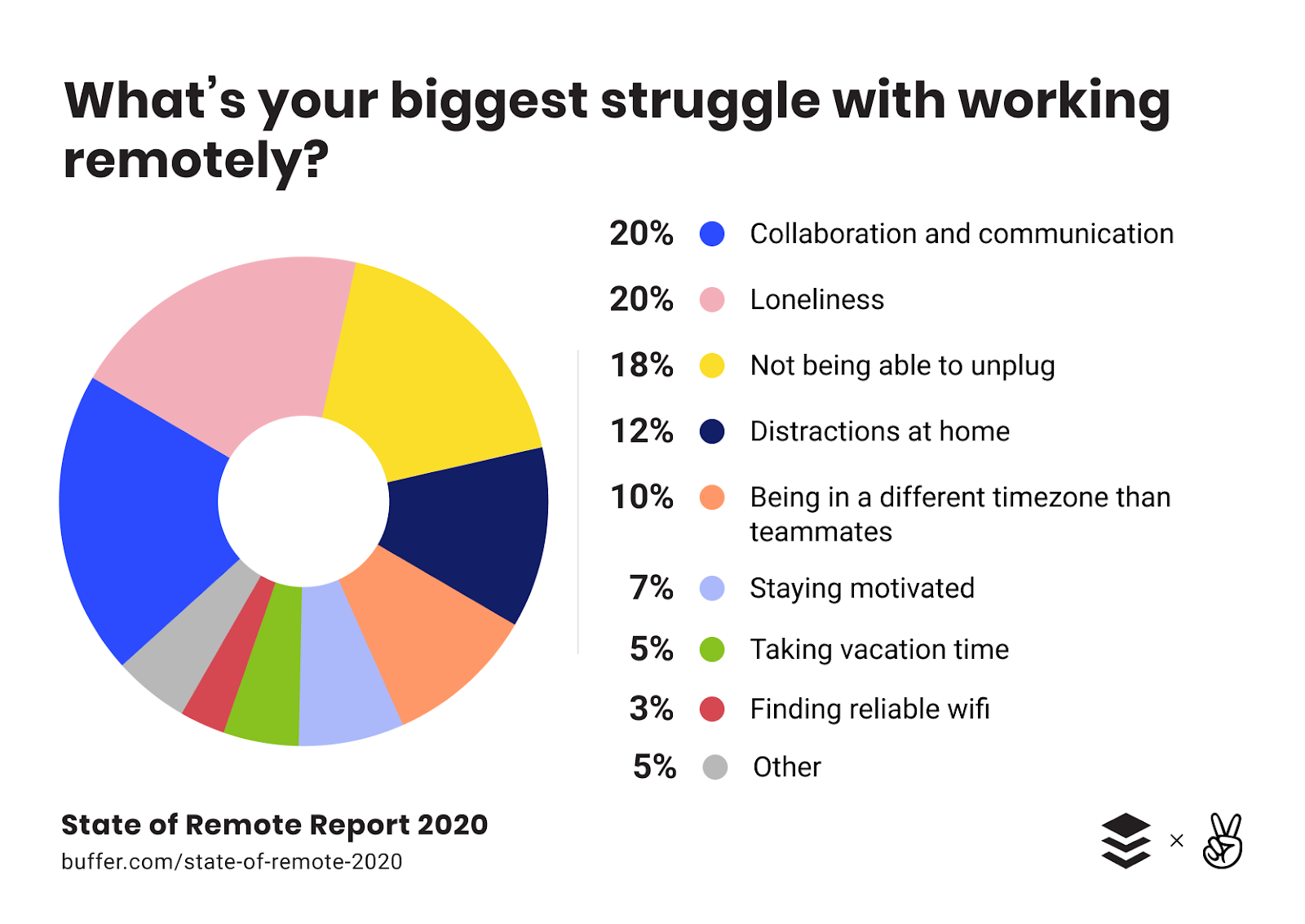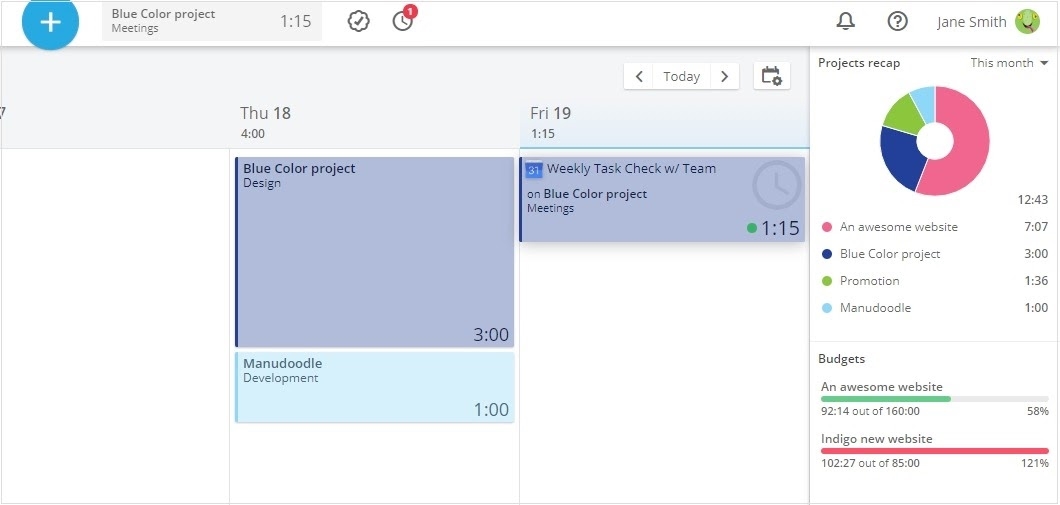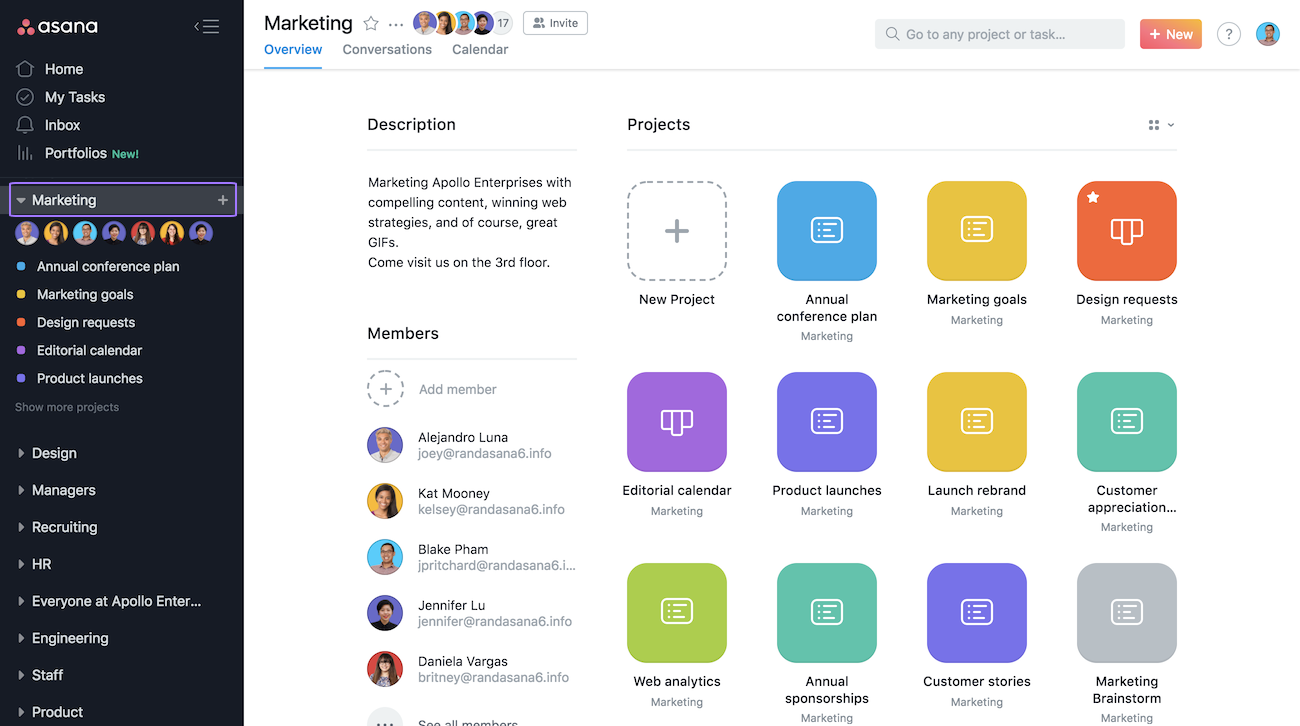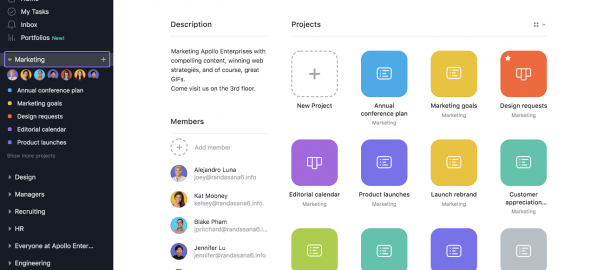As the saying goes, teamwork makes the dreamwork. Building an effective and successful team takes time, and it’s even harder in the case of distributed, remote teams.
How can you run effectively a team of persons without, well, meeting in person?
With the rise of remote work worldwide, many teams have found themselves juggling projects, deadlines, and goals while spread all over the country, or even all over the world.
When the team works like a well-oiled clock, they can achieve big things. So how can effective teamwork be built and boosted in a remote setting?
The rise of the remote work
The data shown over the last years confirm that remote work is here to stay.
In 2019, a study predicted that by 2020 more than 50% job positions in the UK alone would be remote – and that study came out before the Covid-19 crisis began.
At the time of writing this article, the Covid-19 pandemic is still affecting the world, and many businesses are resorting to remote work for the safety of their employees (my own country, Italy, has reached a whopping 80% of people who work full remote since February 2020).
Crisis aside, companies prefer remote work for its benefits, which include:
- Fewer infrastructure costs;
- Increased employee happiness;
- Bigger talent pool for hiring;
- Possibility to cover multiple time zones for service and support teams;
- More eco-friendly setting that eliminates commuting.
However, remote work comes with its problems, too.
The struggles of remote work
Working comfortably from a home or your local Starbucks – sounds like a dream, right?
Although it seems fantastic (and it is!), remote work brings in challenges that affect both the individual and the team as a whole.
For example, according to the Buffer State of Remote Work Report 2020, remote teams cited collaboration and communication as the top challenges (along with loneliness and isolation):

Also, other stats show that more than half of remote employees say they feel disconnected from in-office employees.
How to build effective remote teams and promote teamwork
If you’re a manager or team leader in a remote team, there are a few things you could do to make sure everybody feels motivated and engaged.
Let’s break them down one by one.
1. Promote accountability
Remote teams rely on trust. It goes without saying that neither the manager nor the employees can see their colleagues are working on.
Promoting trust is the basis for managing a remote team. But trust goes and in hand with accountability.
Remote teams should make sure everybody knows their responsibilities and understands how their work affects others.
A simple method to do this would be to create a transparent, shared goals system for the remote team:
- Set Team Goals
Give the team something to aim towards by giving them goals and objectives. You can use many goals setting methods, like the SMART goals or OKRs methodology;
- Track Goal Progression
Monitor how the team’s doing by setting a goals tracking system; - Share The Results
Check-in with the whole team on a regular basis to update the goals’ status
For example: at Timeneye, we reorganized ourselves to work remotely during the COVID-19 pandemic. We set and track our goals using the ORKs method while remote, and every Monday we have a virtual company meeting where we update our team on our progress.
Don’t forget: when you promote accountability, that doesn’t mean pointing the finger or putting a team member under scrutiny. It’s a way to make sure every team member knows what goals they’ve been assigned to and how they fit in the bigger company strategy.
2. Practice effective communication
Communication, too, is one of the most common remote work struggles.
It’s easy to see why: with a whole team scattered in different locations, you can’t just walk to a colleague’s desk to ask them for an update on the work!
Thankfully, there are several ways in which a remote team can communicate effectively, using the right technology and a bit of common sense.
Use communication software
Communication in remote teams depends on technology. Technology can shorten the physical and time distance and help teams stay connected.
However, not all solutions are created equal. For example, an endless email thread with dozens of messages clogging an inbox will surely result in chaos.
A few alternative solutions to email for remote businesses are:
- Chanty
A simple and fast team communication tool with task management, screen and file sharing; - Slack
Another popular company team chat, that offers bots and automated notifications; - Zoom
The most popular video conference tools used by many companies worldwide to hold virtual meetings;
Establish rules and etiquette
Using chat tools, however, can give people the impression that they’re supposed to be online and responding 24/7.
So it’s crucial, for the benefits of everybody, to establish some rules and etiquette for using chat tools, such as:
- Setting clear availability hours;
- Establishing a “Company chat etiquette” guide;
- Defining “urgent messages” and messages that don’t need a response right away.
Stay away from meetings overload
I obviously don’t mean meeting in person, since it’s almost impossible while remote.
The thing is, sometimes to compensate for the lack of face-to-face interaction, one may be tempted to schedule a conference call after conference call.
Virtual meetings are the only way remote teams can have some face-to-face interaction. So, use them smartly by:
- Scheduling the meetings in advance to give people the time to prepare;
- Set a time limit for every meeting;
- Track how much time the meetings are taking from the team’s daily work.

3. Create a culture of transparency
We talked about accountability in the beginning of this article. But accountability must go hand in hand with transparency.
To promote transparency, I suggest using shared virtual boards and views to monitor the team’s progress.
Project management tools, task management tools and time tracking tools all offer views and features that help share the work progression in the team.

4. Celebrate team wins
We’ve talked a lot about tracking goals and monitoring progress. It is equally important to celebrate when progress is made!
To improve employee engagement and keep motivation up, when someone does a great job, make sure to share that with the team.
Include team accomplishments in your weekly reviews and team meetings. Shining the light on the team’s accomplishments is crucial for employee retention, and even more so for a remote team.
5. Have some fun!
Celebrating team accomplishments leads up to our last tip: engage in some remote team fun.
Just because you’re scattered all over the place and you’re working hard to finish your work, doesn’t mean there’s no space for a little light-heartedness.
Fun is important for both employee engagement and motivation. While I’m writing this article, the Covid-19 pandemic is still ongoing. So, team fun is useful not only for the company’s sake, but also to help with employee wellbeing and fight the feeling of isolation in these trying times.
Depending on the company culture, there are a variety of fun activities remote teams can do together so that everybody feels comfortable:
- “Coffee chats”, which are casual agenda-free video calls where groups of people randomly meet on Slack, like the Impact team does;
- Virtual team building games: Snacknation.com made a list of 57 remote team games to pick from;
- Bringing in a guest speaker for an online training session to help team members hone their skills;
- Virtual cooking classes on Zoom
And many more!
Conclusion
Remote work comes with its perks but also with its own issues. Remote teams may struggle to communicate effectively, which can lead to ripple negative effects on the whole team.
It’s important to build teamwork and engagement through accountability, transparency, communication, and above all, trust.
Business & Finance Articles on Business 2 Community
(56)
Report Post








